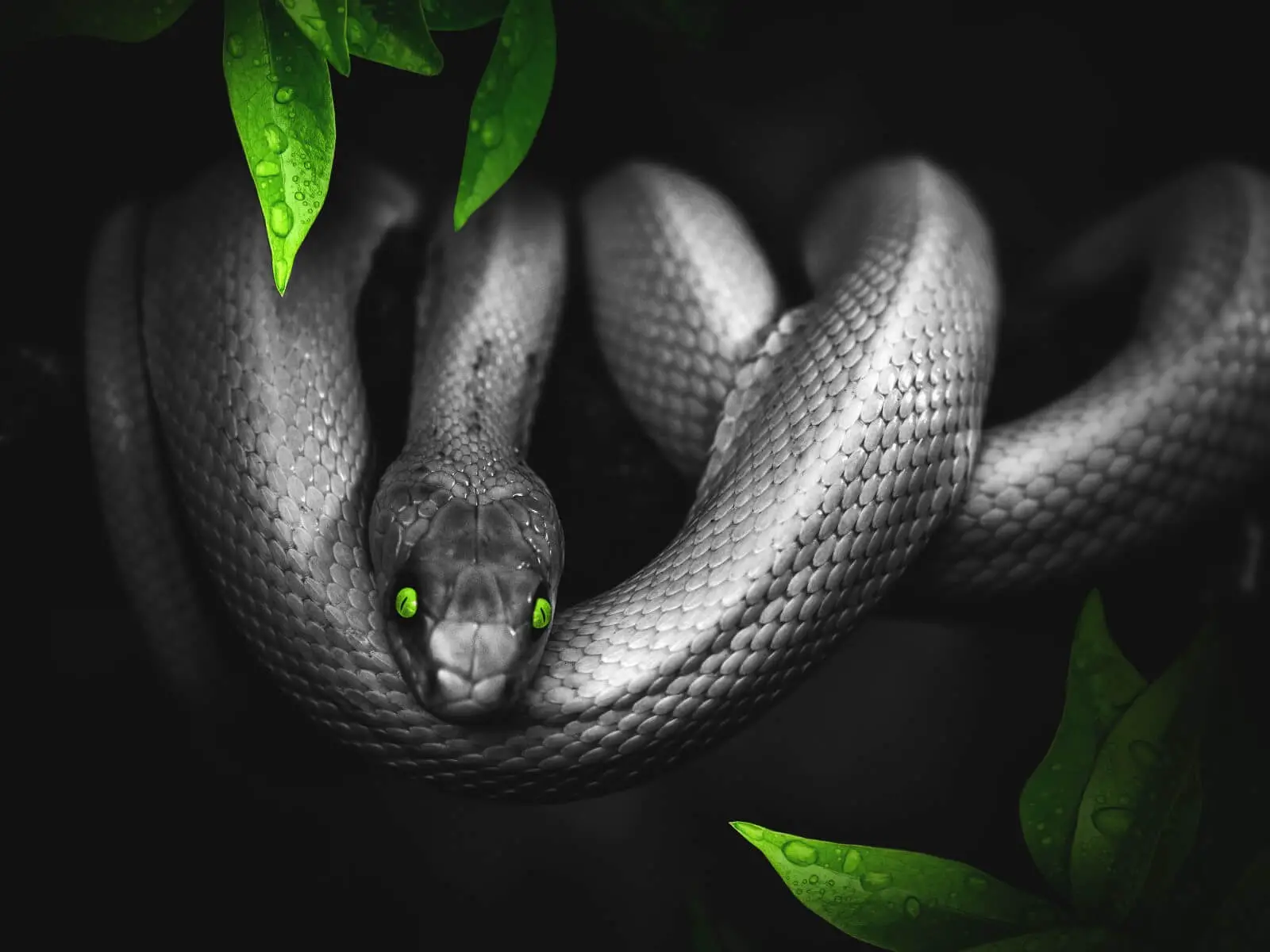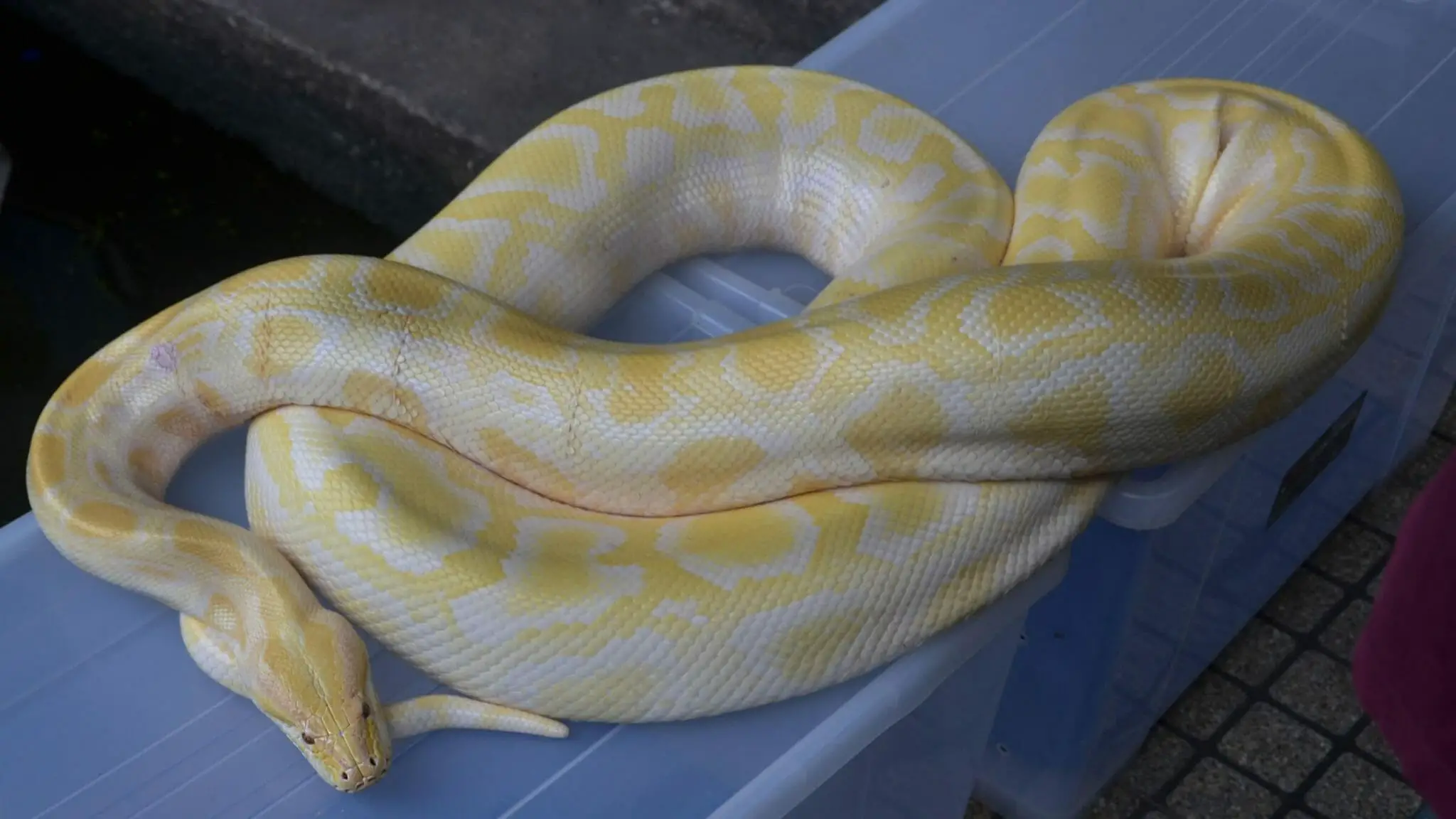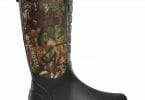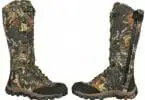The world may be a wonderful place, featuring varied landscapes of unrivaled beauty, but nature can be a fickle mistress, and we are always at her whims. From hurricanes and tornadoes all the way to the great brown Grizzly bear, Mother Nature can be quite dangerous, and we have to treat her with respect. When out in the wild snakes and venom can pose significant risks.

One of the more fearsome creatures is the snake, a slithering reptile that can either be venomous or non-venomous. While snakes have a poor reputation due to their appearance and lethality, you find that the vast majority of them are quite friendly.
In this guide, we’ll discuss some of the different kinds of snakes, differentiating between the venomous and non-venomous types. Maybe this guide can help you consider whether or not you’ll need some snake boots.
You may be surprised to learn that many snakes don’t need venom to kill their prey. Also, some of them have too little venom to do lasting damage to a human.
What is Snake Venom?
Before we get into the discussion of the various snake types, let’s go over venom. Venom is not something that is exclusive to snakes by any means. There are many animals which are capable of creating it.
Venom is a form of toxin created by an animal through biological means. It is used against either prey or predators for hunting or defense. Venom can either be potent or weak, depending on the animal that it comes from. The dosage is also an essential characteristic.
In snakes, the source of the venom is their teeth, which are either hollow or have channels through which it can be injected into their prey. Some snakes even “spit” venom, though they are essentially projecting it through their fangs hard enough for it to be launched at their victims or assailants.
Types of Snakes
To understand the relationship between snakes and venom, it is crucial to distinguish between snakes that are venomous and those that are not. We have grouped each of these snake families into categories denoting whether or not they are venomous, but Colubridae is an exception in that both are possible, but the vast majority are not.
Venomous
As you may have guessed, venomous snakes are the more dangerous ones, and typically the better-known varieties. While the snakes in this list will be venomous, they are not all necessarily aggressive, as some of them will retreat at the sight of a human instead of risking their lives.
Elapidae
Elapids are the most dangerous snakes in the world. We only find them in tropical climates, which means they don’t extend too far north. Thanks to their use of a neurotoxin, they are extremely dangerous, capable of causing severe nerve and tissue damage.
Snakes of this family have fangs that are hollow and fixed in the roof of their mouths. Some of the best-known snakes in the world are part of the Elapidae family, including the King Cobra and the Black Mamba.
Viperidae
Vipers are indigenous to more northern climates than elapids, and they tend to be the most dangerous snakes in North America. They differ from elapids in that they don’t have fixed fangs. Vipers have hollow, hinged teeth that fold up against the back of their mouths.
Viper teeth extend automatically when these snakes open their mouths, preparing them instantly for a bite. Rattlesnakes and copperheads are both viper subtypes found in the pit viper family.
Hydrophiidae
Hydrophiidae comes from the Greek hydro- (meaning water) and -phidi (meaning snake), as you can imagine, this is the family that water snakes belong to. Some argue that Hydrophiidae is a subtype of Elapids, but others consider them different enough to be separated.
Sea snakes are some of the most dangerous ones in the world, featuring immensely lethal forms of venom, but they rarely ever come into contact with people since they live in the water. Sea snakes still need to breathe, however. They are like whales in that they live in water but need to surface regularly.
Non-Venomous
Non-venomous snakes are almost always less dangerous to humans than other types, though they can still cause harm, and caution should be taken around them as well. If you are bitten by one of these snakes, you won’t typically have to worry about venom, but infection is a genuine possibility.
Colubridae
Colubrids are strange in that the majority of them are non-venomous, but some of them are. The few venomous snakes in this family don’t have potent enough toxins to harm humans, however. Keep in mind, however, that some Colubridae snakes can still kill a person, like the Boomslang.
Boidae
Snakes in the Boidae family are constrictors that don’t have fangs, but rows of inward-facing teeth that allow them to latch onto prey and squeeze the life out of them. Like many other kinds of snakes, those in the Boidae family lay eggs to give birth to their young. Snakes in this species include the Anaconda and the Tree Boa.
Pythonidae
Pythons are the last kind of snake that we’ll look at, and they are constrictors just like Boas. There is one fundamental difference between Pythons and snakes in the Boidae family, however. While Boas are born from eggs, Pythons carry the eggs with them in their bodies and then give birth to live snakes.

Why Do Snakes Have Venom?
You may be wondering why some snakes need venom, and it makes sense when you consider their small size and lack of appendages. The only way that small snakes (unlike boas and pythons) can defeat larger prey and gain the sustenance they need is by incapacitating and killing them using their venom.
This table below explains the five most common types of snake venom and their severity.
Venom Types | Explanation |
|---|---|
Hemotoxin | This snake venom can destroy red blood cells, cause blood clotting, and can lead to organ failure in severe circumstances. |
Haemorrhagic Envenoming | Causes bleeding in a multitude of orifices including the gums, ears, eyes, urethra, gastrointestinal bleeding, and lacerations on the skin. |
Myotoxic Venom | Affects the muscle tissue. This venom affects your muscle’s ability to contract - making it easier to eat the snake’s prey. 25% of the humans who are bitten by Myoroxic Venom have severe muscle/kidney damage afterward |
Neurotoxic Venom | Affects the victim’s nerves and nervous system. There might be a bit of swelling and pain when bitten. Once bitten, the user’s body becomes paralyzed and dies either due to respiratory failure due to the lack of a working diaphragm. |
Cytotoxic Venom | Attacks and kills the victim’s living cells. In humans, this can lead to pain, swelling, and bleeding. |
Conclusions on Snakes and Venom
We hope that we’ve been able to explore snakes and venom adequately over the course of this article. This is a massive topic, and there is so much more that we could go over, so feel free to continue your research if venom interests you.







Leave a Comment